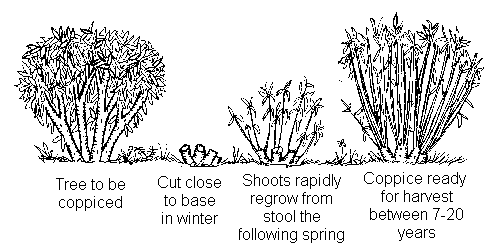Recently there was another article about protecting trees by trapping beavers. I wrote the editor and received an invitation to write an op-ed in response. Okay then! I thought I’d practice here.
Trapping, as you know, is a short-term solution that will need to be repeated again and again when new beavers return to the area, often within the year. It almost always makes more sense to keep the beavers you have, solve any problems they are causing directly, and let them use their naturally territorial behaviors to keep others away.
Protecting trees is a fairly easy problem to fix. Wrapping them with in a cylinder of wire (not chicken wire because beavers are way bigger than chickens) 2×4 galvanized fencing is best and will guarantee the trees will be protected. Remember to leave enough space for the tree to grow! Another, less obtrusive idea is to use abrasive painting. Chose a latex paint that matches the color of the bark, and add heavy mason sand to the mix at the last moment, and paint the trunks to about 4 feet. The beavers dislike the gritty texture and will not chew. This will need to be repeated every two years or so.
Remember that beaver chewed trees will ‘coppice’ which is an old forestry term referring to hard cutting back a tree so that it grows in bushy and more dense. This is why beavers are so important to the nesting numbers of migratory and songbirds – their chewing creates iprime real estate for a host of bird life. Willow is very fast-growing and if the stumps are left in the ground they will replenish quickly. In Martinez we have seen our urban willow re-flourish time and time again.
 Research has shown that Beaver activity has a dynamic and generative impact on willow. In addition to cutting trees, their ponding and damming actually creates more ideal riparian border for willow to sprout. In fact some researchers have even referred to beaver as “willow farmers”. One USFS project in Oregon recently introduced beavers specifically to enrich the riparian border. Remember that in West Sacramento and Martinez beavers eat lots of other foods as well, including tules, fennel, blackberries and pond weed!
Research has shown that Beaver activity has a dynamic and generative impact on willow. In addition to cutting trees, their ponding and damming actually creates more ideal riparian border for willow to sprout. In fact some researchers have even referred to beaver as “willow farmers”. One USFS project in Oregon recently introduced beavers specifically to enrich the riparian border. Remember that in West Sacramento and Martinez beavers eat lots of other foods as well, including tules, fennel, blackberries and pond weed!
Why should a city learn to tolerate beavers? They are a keystone species that create a dramatic impact on the spaces they cultivate – even urban and suburban spaces. Here in Martinez we have documented several new species of birds and fish since they colonized our creek, as well as otter and mink! In addition, beavers are considered a ‘charismatic species’ which means that children love to learn about them and they provide a great educational tool for teaching about habitat, ecosystems and stewardship.
Why not involve the local boyscout troop or science class planting willow shoots every spring? To see these techniques first-hand for yourself, why not ride amtrak to Martinez and check out our urban beaver habit. We even have a beaver festival in August. This year will be the sixth.
Heidi Perrman, Ph.D. President & Founder Worth A Dam www.matinezbeavers.org





































